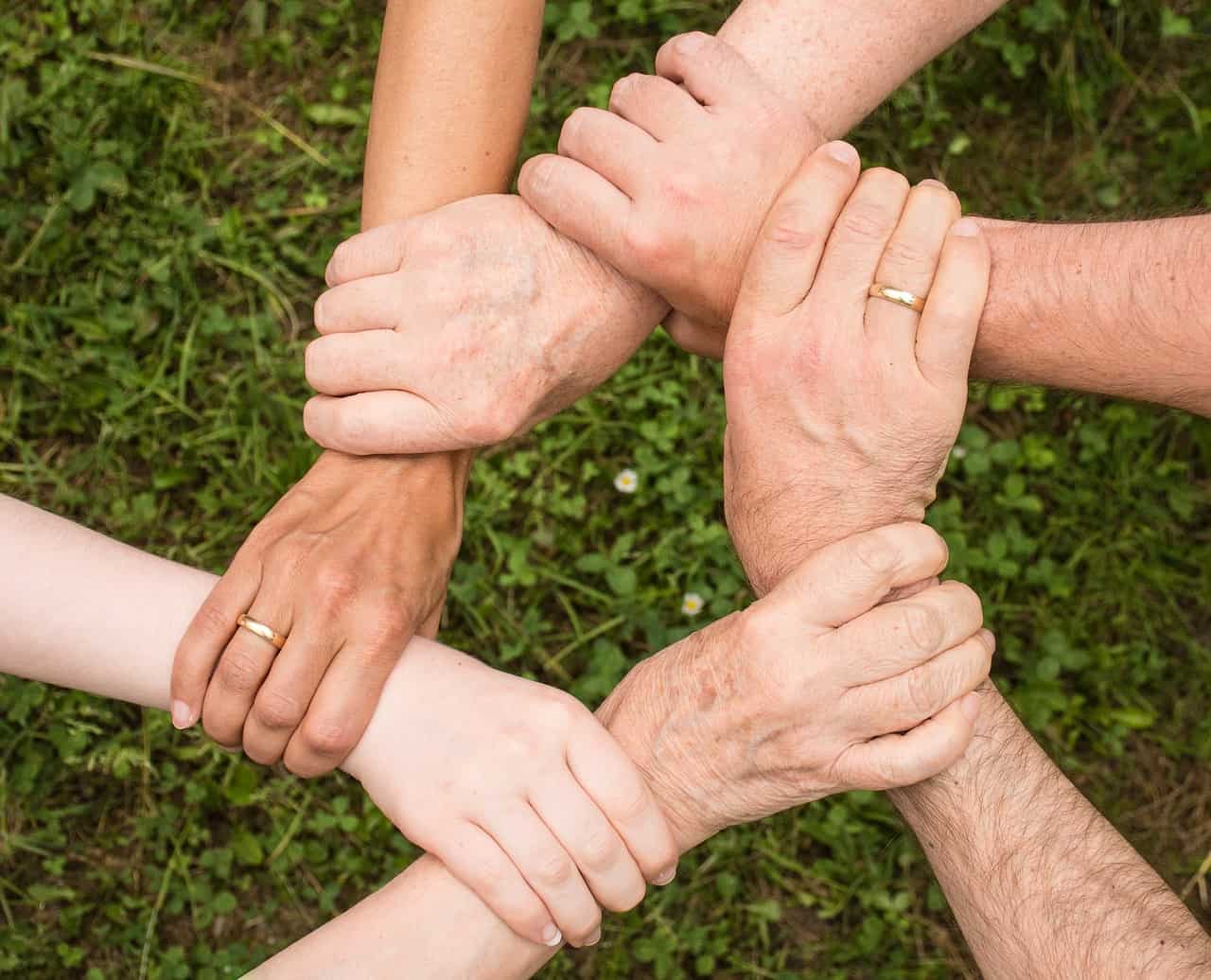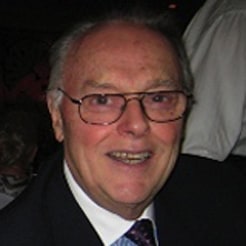
Enter the ‘Perennials,’ the Ageless Generation
“Being a millennial doesn’t have to mean living in our parents’ basement, growing an artisanal beard, and drinking craft beer or single malt scotch. Midlife doesn’t have to be a crisis. And we don’t have to be a number anymore. We’re relevant. We’re ever blooming. We’re perennial.” (Gina Pell, 2016)
Along with the “Traditionalists,” “Boomers,” “Gen ‘X,’” “Millennials,” and “Gen ‘Z,’” there is now appearing in our social and organizational lives a new evolving and dynamic generation of individuals, which some now call the “Ageless” Generation. The major characteristics of this generation are:
- People born between 1930 and 1950
- Hold the organization’s history in our heads, hearts, and hands
- Believe that values determine whether an organization will survive or fail
- Argue against the fantasy, claiming that work and life are somehow different
- Have much to offer: experience, reliability, knowledge, loyalty, and stability
- Don’t want to retire, as many enjoy too much what they are doing
- Society and organizations of the future will have to learn how to capitalize on the talents, experience, and dedication of the new “Ageless” Generation
Gina Pell is an American award-winning creative director and tech entrepreneur who in 2016, coined the term “Perennials” as “ever-blooming, relevant people of all ages who live in the present time, know what’s happening in the world, stay current with technology, and have friends of all ages. Perennials get involved, stay curious, mentor others, and are passionate, compassionate, creative, confident, collaborative, global-minded risk takers, and who know how to hustle. Perennials comprise an inclusive, enduring mind-set, not a diverse demographic.
Next-Generation Experiences
As people live and work longer, they can bring color and vibrancy to the office. AARP also calls these active contributors “Perennials.” Team leaders who create opportunities for people of all ages to contribute and grow will benefit from this larger audience. We need to honor all generations, so that a Millennial coming in with a new idea is given as much validity as someone older. In order to deliver meaningful content, team leaders need a complete picture of colleagues’ needs and aspirations. Perennials bring tremendous value to a diverse workforce in terms of their expertise, leadership, and pure life experience.
There are a variety of reasons Perennials decide to continue to work including financial. With that said, it’s important that co-workers who want to retire are prepared to leave the workforce and can do so with dignity and financial security. This allows the generations that follow to learn from them and further shape the future of work.
A Mindset, Not an Age
The term Perennials is not a fluffy euphemism for relevant people over 50. Millennials can be Perennials. Octogenarians can be Perennials. Even children can be Perennials. We’re talking about a mindset. Not a flat, one-dimensional timeline that runs from birth, punctuated by generational barriers designed to categorize and divide us.
Perennials are also vectors, who have a wide appeal and spread ideas and commerce faster than any single generation. There are ever-blooming Perennials all around us including some well known individuals who push beyond boundaries: Norman Lear, Malala Yousafzai, Lady Gaga, Tony Bennett, Justin Trudeau, Ellen DeGeneres, Elon Musk, Lorne Michaels, Ai Weiwei, Serena Williams, Sheryl Sandburg, Diane Von Furstenburg, Aziz Andsari, and Beyoncé.
We all read about Millennials as “tech savvy, self-centered, lazy, entitled, know-it-alls.” Generation X is referred to as “cynical get-it-done innovators,” and Boomers as “idealistic, dependable workers.” If we, as a society, label people in generalizations, we lose the insight into the capabilities of each person to be instrumental in creating successful workplaces.
No matter what the age of a person, there is a desire to be inspired by leaders who allow them to grow, learn, and discover their paths to becoming the “best they can be.” Most individuals also want to be a part of a cause greater than themselves. They want to find their tribe within the workplace.
- About the Author
- Latest Posts
Vice President Emeritus for Learning Technologies Donald Smith, Ed.D, CPT, headed ME&A programs in learning, leadership, and performance enhancement. He stayed with the firm in his retirement, bringing more than 65 years of experience as a coach, designer, facilitator, evaluator, manager, educator, and organizational change architect in more than 50 countries. He is affectionately known as ME&A’s MENCH.



